Forest Regeneration After Logging: Key Strategies and Benefits
- August 16, 2024
- 2 comment
Forest regeneration after logging is an important process for restoring the health and sustainability of forest ecosystems. Although logging is essential for providing timber and other resources, it can significantly disrupt the natural balance of these environments.

Let’s discuss and examine the strategies employed in forest regeneration, emphasizing both active restoration techniques and natural processes. By understanding and implementing these methods, it is possible to enhance biodiversity, improve carbon sequestration, and maintain ecological integrity in post-logged areas.
Understanding Forest Regeneration After Logging
Forest regeneration after logging refers to the processes that restore forest ecosystems following tree removal. This is important for preserving biodiversity, maintaining soil stability, and ensuring the continuous provision of ecosystem services such as carbon sequestration and water regulation.
By absorbing carbon dioxide from the atmosphere, forests play a crucial role in mitigating climate change, making their successful regeneration essential after logging.
Impact of Logging
Logging activities have both immediate and long-term impacts on forest ecosystems. The removal of trees can lead to soil erosion, a decline in biodiversity, and disruptions in water cycles.
When trees are removed, the soil becomes more vulnerable to being washed away by rain, leading to nutrient loss and making it more difficult for new plants to grow. Additionally, the reduction in tree cover decreases the forest’s ability to sequester carbon, thus contributing to climate change.
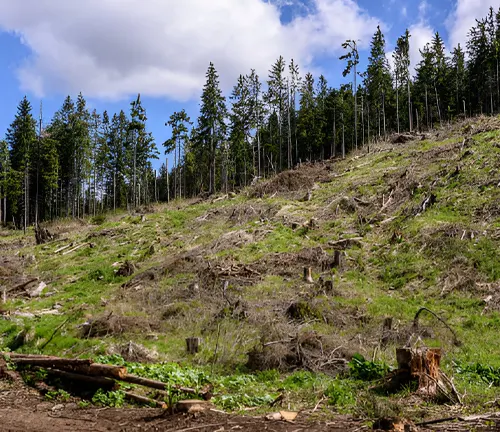
The loss of biodiversity is another significant impact, as many plant and animal species lose their habitats and may be forced to move elsewhere or die off.
Natural Regeneration Processes
Natural regeneration processes play an important role in restoring forest ecosystems after logging by allowing forests to recover without significant human intervention. These processes harness the natural mechanisms of seed dispersal, ecological succession, and soil seed banks to facilitate the regrowth of vegetation, helping to maintain biodiversity and ecological balance.
1. Natural Seed Dispersal
Natural regeneration can occur through the dispersal of seeds by wind, water, or animals.

This process allows for the spontaneous recovery of vegetation, with seeds from surrounding areas repopulating the logged area, leading to a gradual return of forest cover.
2. Ecological Succession
Ecological succession is the gradual process by which ecosystems change and develop over time. After logging, pioneer species—typically fast-growing and hardy plants—colonize the area first, modifying the environment and making it more suitable for other species that follow, eventually leading to a more diverse and stable ecosystem.
3. Soil Seed Banks
Soil seed banks consist of viable seeds present in the soil, which can germinate and grow into new plants when conditions are favorable. These seed banks are crucial for forest regeneration as they provide a reservoir of native species that can quickly sprout and re-establish vegetation cover after logging disturbances.
Active Restoration Techniques
Active restoration techniques are deliberate, human-mediated efforts to restore degraded forest ecosystems and accelerate their recovery. These methods are designed to complement natural regeneration processes, enhancing the speed and effectiveness of forest restoration.
1. Enrichment Planting
This technique involves introducing native tree species into degraded areas to speed up recovery and enhance biodiversity. Enrichment planting is particularly effective in areas where natural regeneration is slow or insufficient.
2. Liana Cutting and Weeding
This technique involves introducing native tree species into degraded areas to speed up recovery and enhance biodiversity. Enrichment planting is particularly effective in areas where natural regeneration is slow or insufficient.
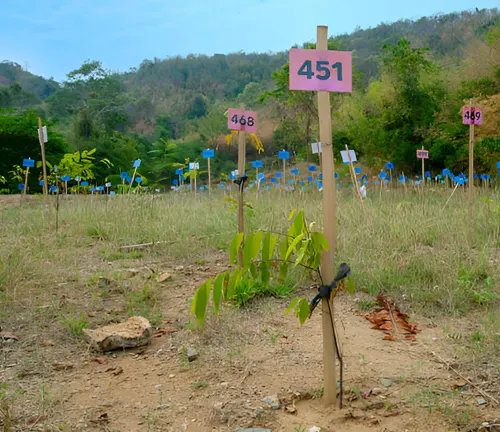
3. Soil Preparation
Preparing the soil by adding nutrients and improving its structure can significantly enhance the growth of new trees. This may involve adding organic matter or fertilizers to the soil to provide essential nutrients for tree growth.
4. Tree Shelters and Guards
Protecting young trees from herbivores and harsh weather conditions using tree shelters or guards can increase their survival rates. These protective measures help ensure that seedlings can grow without being damaged by animals or extreme weather.
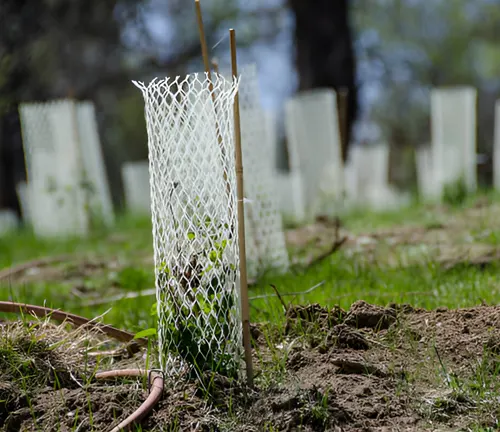
5. Controlled Burns
In some ecosystems, controlled burns can be used to remove invasive species and promote the growth of native vegetation. This technique mimics natural fire cycles, which can help maintain the health of certain types of forests.
Benefits of Active Restoration
Active restoration techniques can accelerate forest recovery compared to natural regeneration. Research has demonstrated that actively restored forests can sequester more carbon and support greater biodiversity.
Ecological Benefits of Restoration
Biodiversity Enhancement
Active restoration promotes a diverse ecosystem by supporting a variety of plant and animal species. This diversity is essential for maintaining ecological balance and resilience against environmental changes
Carbon Sequestration
Forests play a vital role in capturing and storing carbon dioxide from the atmosphere. Restoring logged forests enhances their ability to sequester carbon, thereby helping to mitigate the impacts of climate change
Soil and Water Conservation
Restoration efforts improve soil stability and water quality by re-establishing vegetation that anchors soil and filters water. These improvements help prevent erosion and maintain the health of aquatic ecosystems
Case Studies and Examples
Tropical Forests in Borneo
A long-term study in Borneo demonstrated the benefits of active restoration in heavily logged forests. The study found that techniques such as enrichment planting and liana cutting significantly improved forest recovery, supporting higher biodiversity and better carbon sequestration.
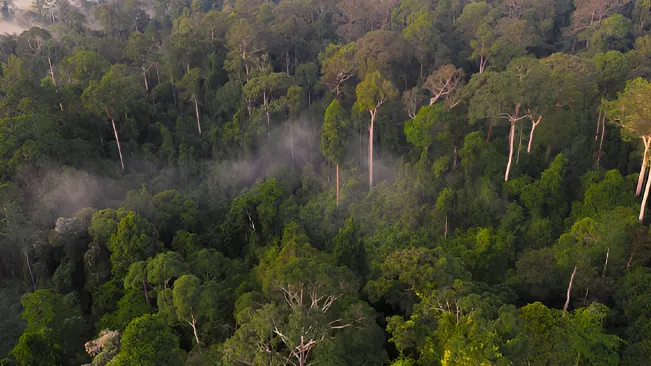
The researchers found that actively restored areas could sequester up to 4.4 tonnes of carbon per hectare per year, compared to 2.9 tonnes in areas left to regenerate naturally. This demonstrates the potential for active restoration to enhance the ecological benefits of forest regeneration.
Forest Management in Ghana
Research in Ghana assessed tree regeneration across different logging disturbance levels. The study highlighted the importance of tailored restoration strategies based on the specific conditions of each site. Areas with active restoration showed more robust recovery compared to those left to regenerate naturally.
In Ghana, forest managers used a combination of enrichment planting, weeding, and liana cutting to restore degraded areas. These efforts resulted in a significant increase in the diversity and density of tree species, demonstrating the effectiveness of active restoration techniques in promoting forest recovery.
Conclusion
Forest regeneration after logging is important for restoring ecological balance and combating climate change. Both natural regeneration and active restoration techniques offer significant benefits, with active restoration often providing faster and more comprehensive recovery.
By enhancing biodiversity, sequestering carbon, and conserving soil and water, restored forests can quickly recover and continue to provide essential ecosystem services. Implementing these strategies is crucial, as continued research and investment in forest restoration support the long-term health of forest ecosystems.
This commitment fosters resilient ecosystems that contribute significantly to global environmental health.
Frequently Asked Questions (FAQ’s)
- What is forest regeneration after logging?
Forest regeneration after logging refers to the processes and techniques used to restore forest ecosystems following the removal of trees. This involves natural processes such as seed dispersal and ecological succession, as well as active restoration methods like enrichment planting and soil preparation. - Why is forest regeneration important?
Forest regeneration is crucial for maintaining biodiversity, stabilizing soil, and ensuring the continuous provision of ecosystem services such as carbon sequestration and water regulation. It helps mitigate the impacts of logging, such as soil erosion and loss of biodiversity, and plays a vital role in combating climate change. - What are the natural processes involved in forest regeneration?
Natural processes involved in forest regeneration include:
Natural Seed Dispersal: Seeds are dispersed by wind, water, or animals, leading to spontaneous recovery of vegetation.
Ecological Succession: Pioneer species colonize the area first, followed by more diverse and shade-tolerant species as the forest matures. - What are some active restoration techniques used in forest regeneration?
Active restoration techniques include: Enrichment Planting, Liana Cutting and Weeding, Soil Preparation, Tree Shelters and Guards Controlled Burns. - How does enrichment planting work in forest regeneration?
Enrichment planting involves introducing native tree species into degraded areas to accelerate recovery and enhance biodiversity. This technique is particularly useful where natural regeneration is slow or insufficient. - What role do controlled burns play in forest regeneration?
Controlled burns help remove invasive species and promote the growth of native vegetation by mimicking natural fire cycles. This technique is effective in maintaining the health of certain forest types and enhancing biodiversity. - What are the benefits of active restoration over natural regeneration?
Active restoration can significantly speed up forest recovery, improve carbon sequestration, and support greater biodiversity compared to natural regeneration. It addresses challenges like soil degradation and invasive species that may hinder natural recovery. - How long does it take for a forest to regenerate after logging?
The time required for forest regeneration varies based on factors like the extent of logging, the presence of invasive species, and the methods used. Natural regeneration can take several decades, while active restoration can accelerate the process significantly. - What are the ecological benefits of forest restoration?
Forest restoration enhances biodiversity, improves carbon sequestration, and conserves soil and water resources. Restored forests are more resilient to environmental changes and provide essential ecosystem services such as clean water and air. - How can communities get involved in forest regeneration efforts?
Communities can participate in forest regeneration through activities like tree planting, weeding invasive species, and monitoring forest health. Community involvement is crucial for the success and sustainability of restoration efforts, ensuring that local knowledge and needs are integrated into restoration projects.

Jordan Blake
Forestry AuthorJordan Blake is a forestry expert with over 15 years of experience in arboriculture and community education. Passionate about sustainable forest management, Jordan regularly writes for Forestry.com and Tree Care Magazine. Holding certifications in tree health assessments and urban forestry management, Jordan conducts workshops to educate the public on sustainable practices. Jordan has a degree in Environmental Science and enjoys hiking and photography in their free time.


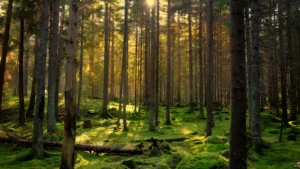

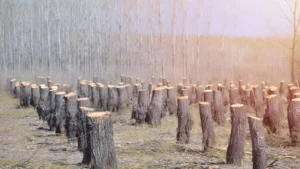
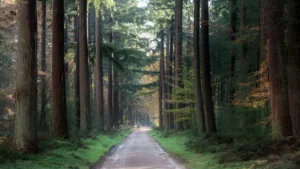




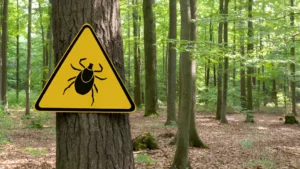

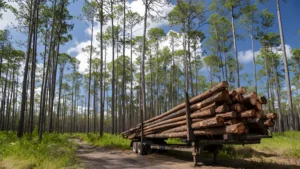
Does the removal of post logging slash effect the soil nutrient composition and forest regrowth?
Clare Fogelsong
October 29, 2024 9:23 pmThat is a very good question. I wish the article publisher would reply. He has the ability to find the answer & post it, according to his embedded bio.
Nancy Drew
January 30, 2025 1:57 am